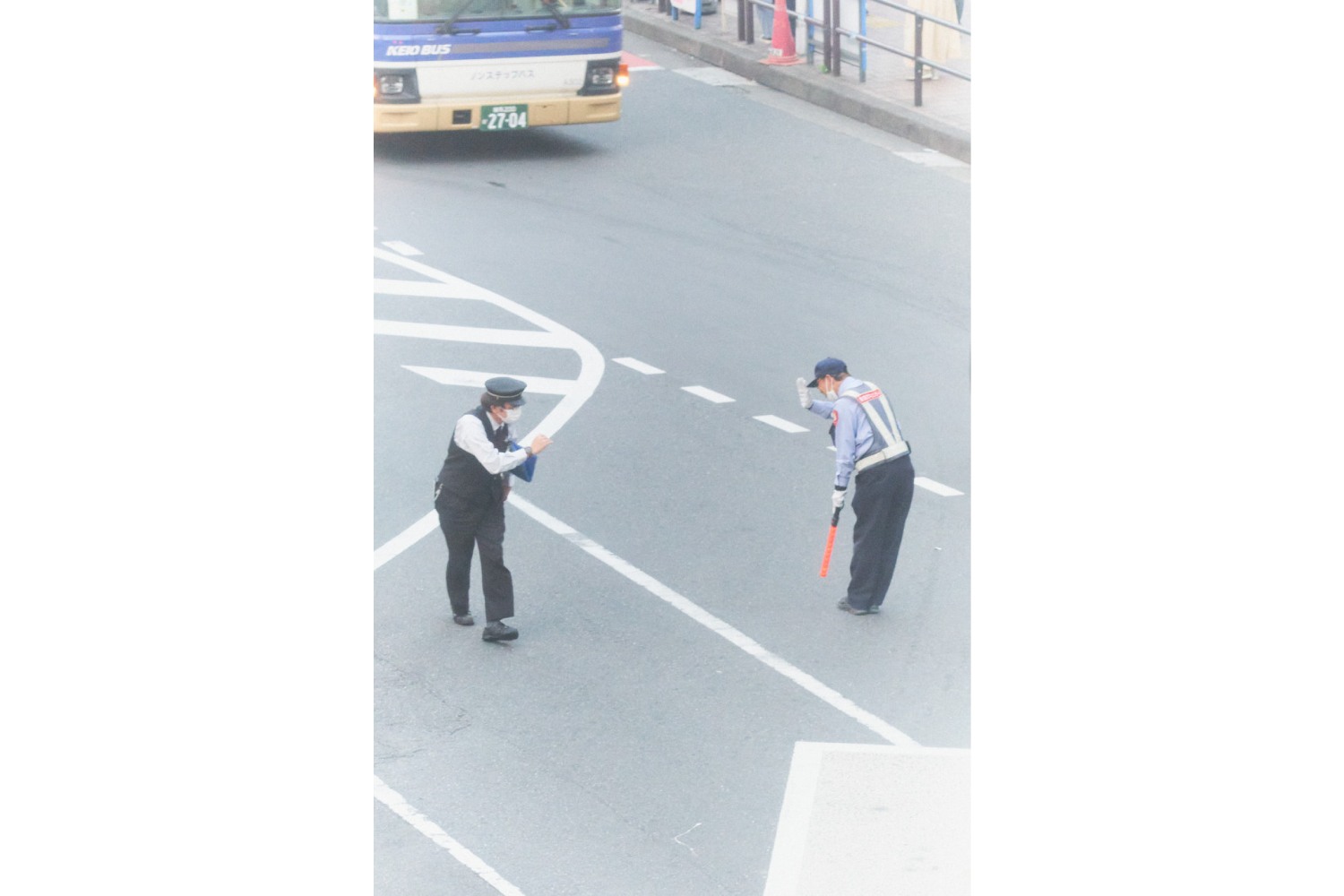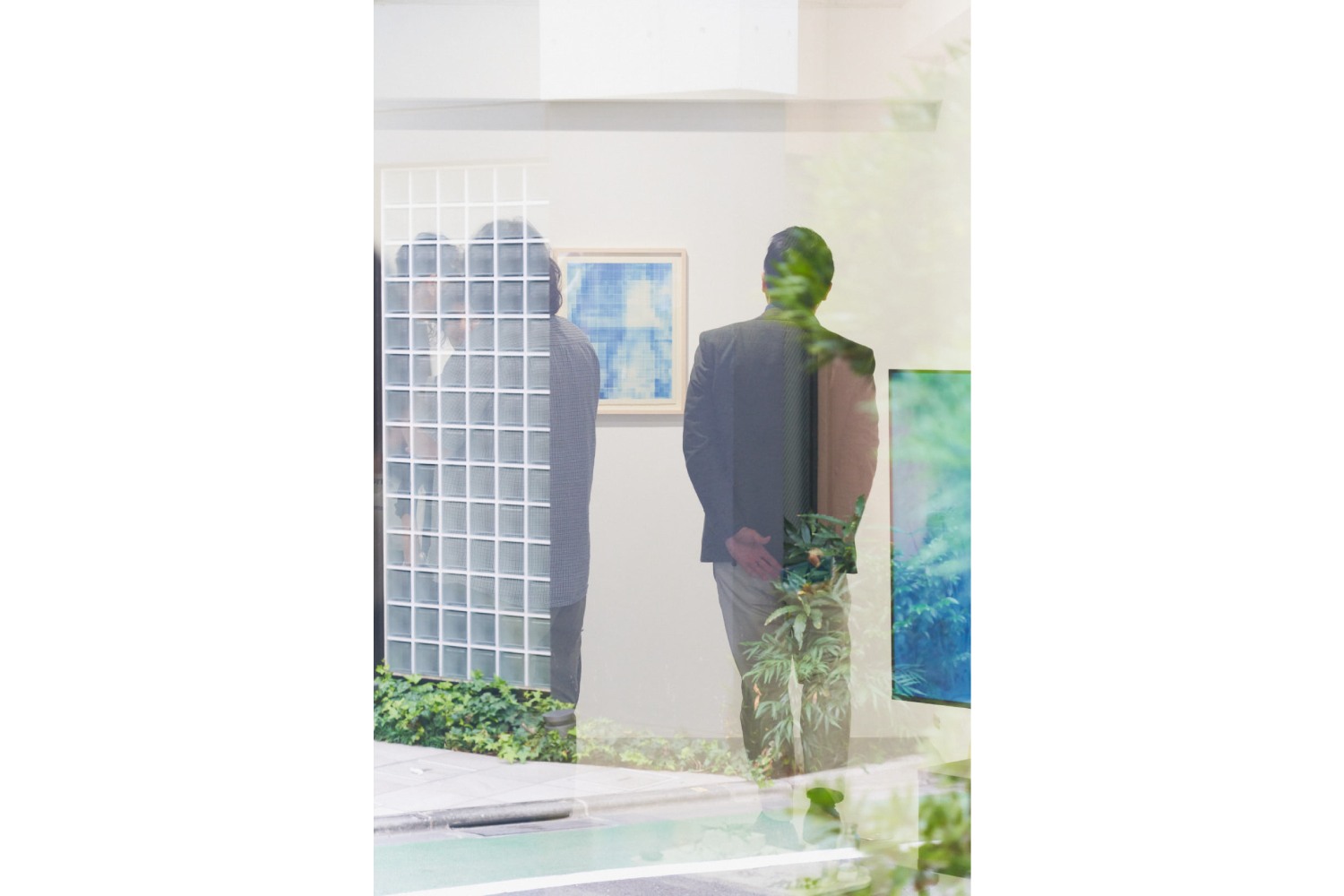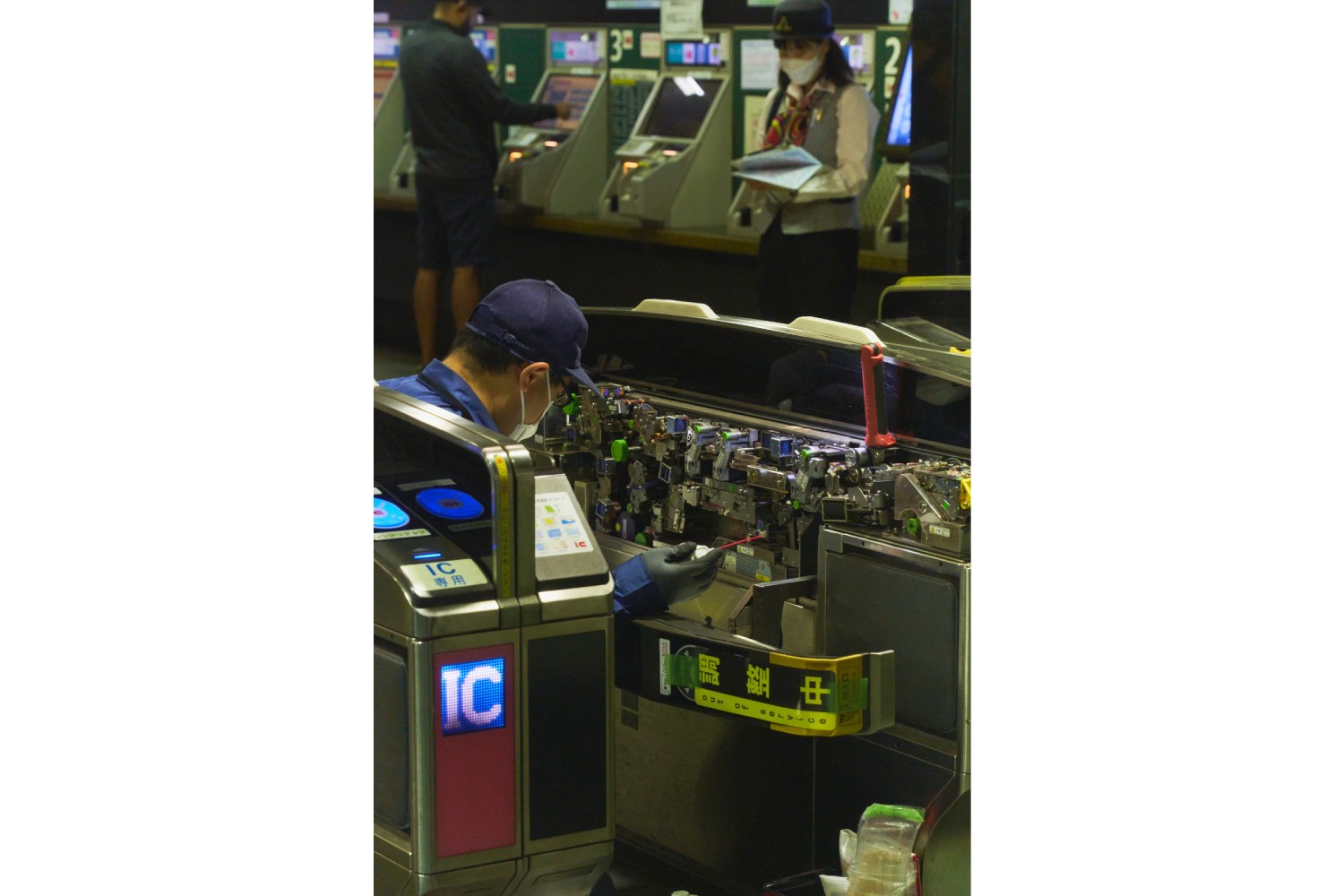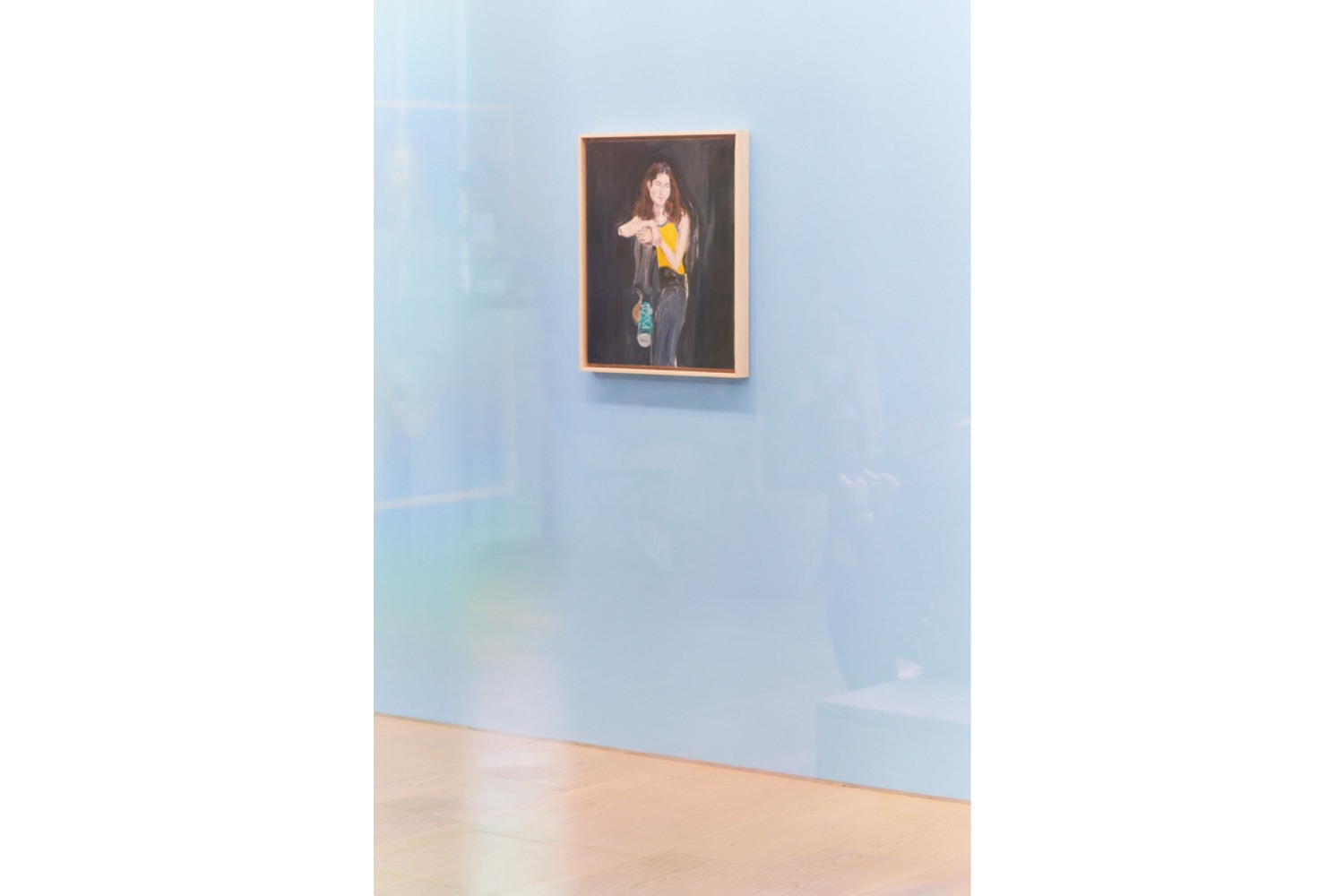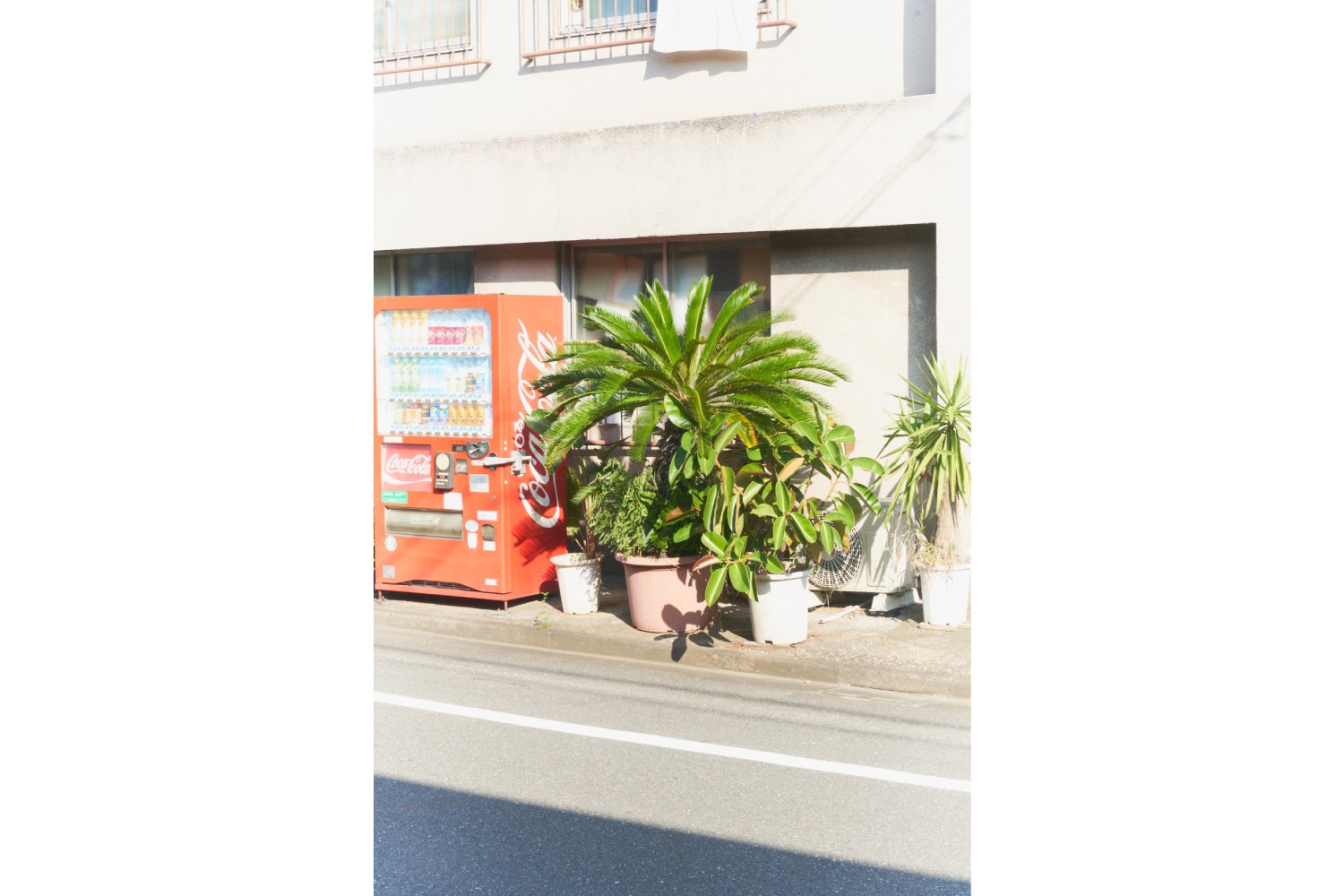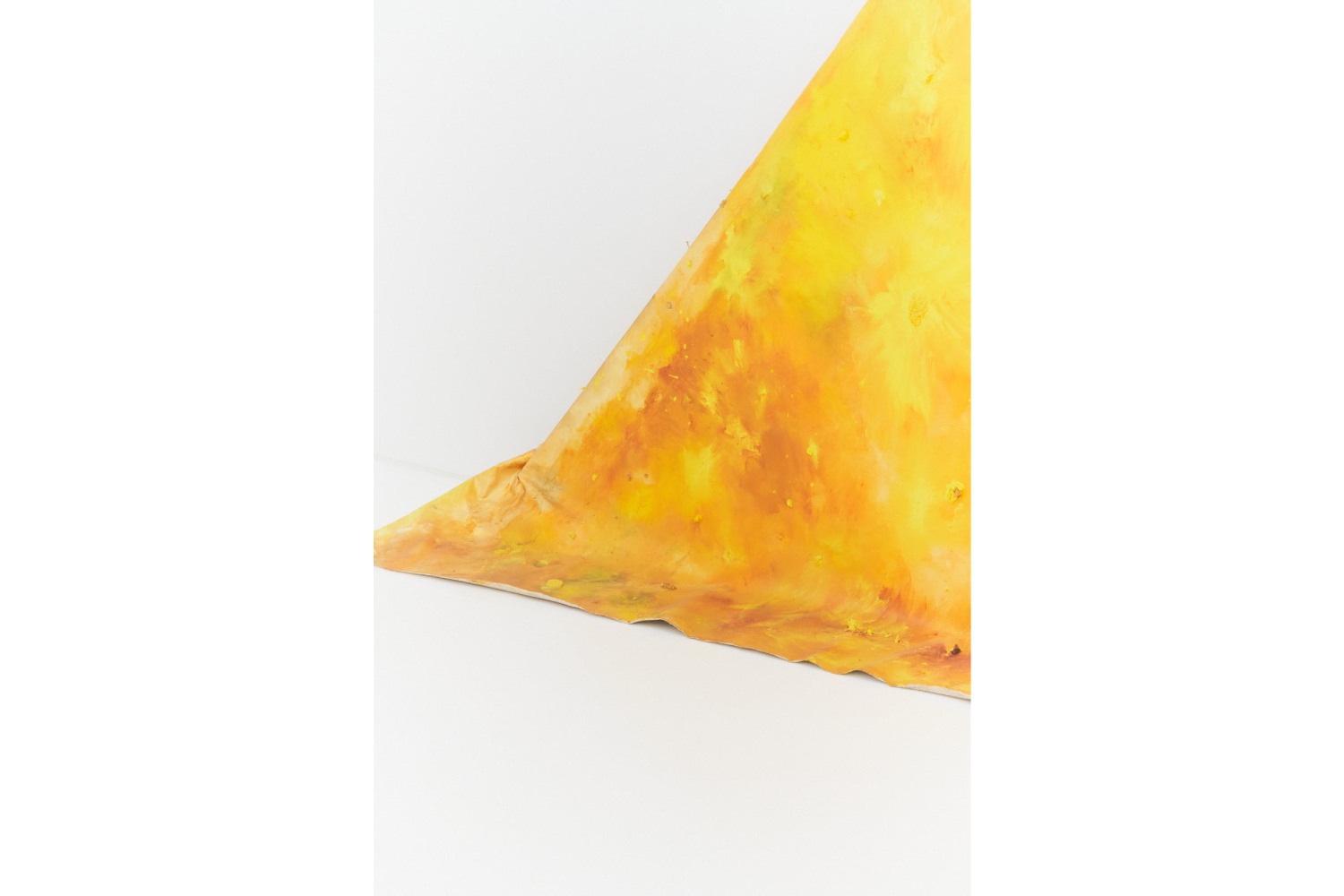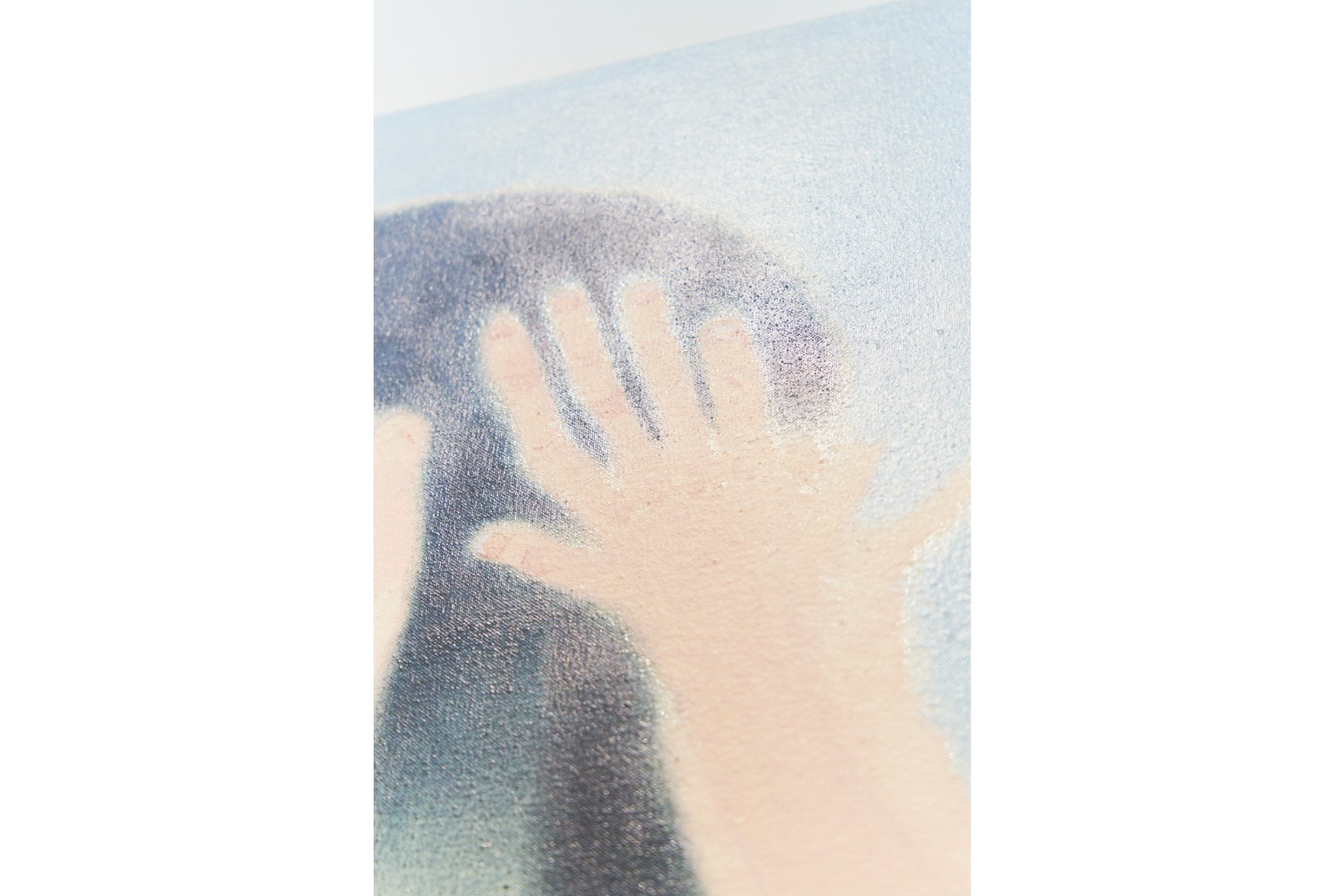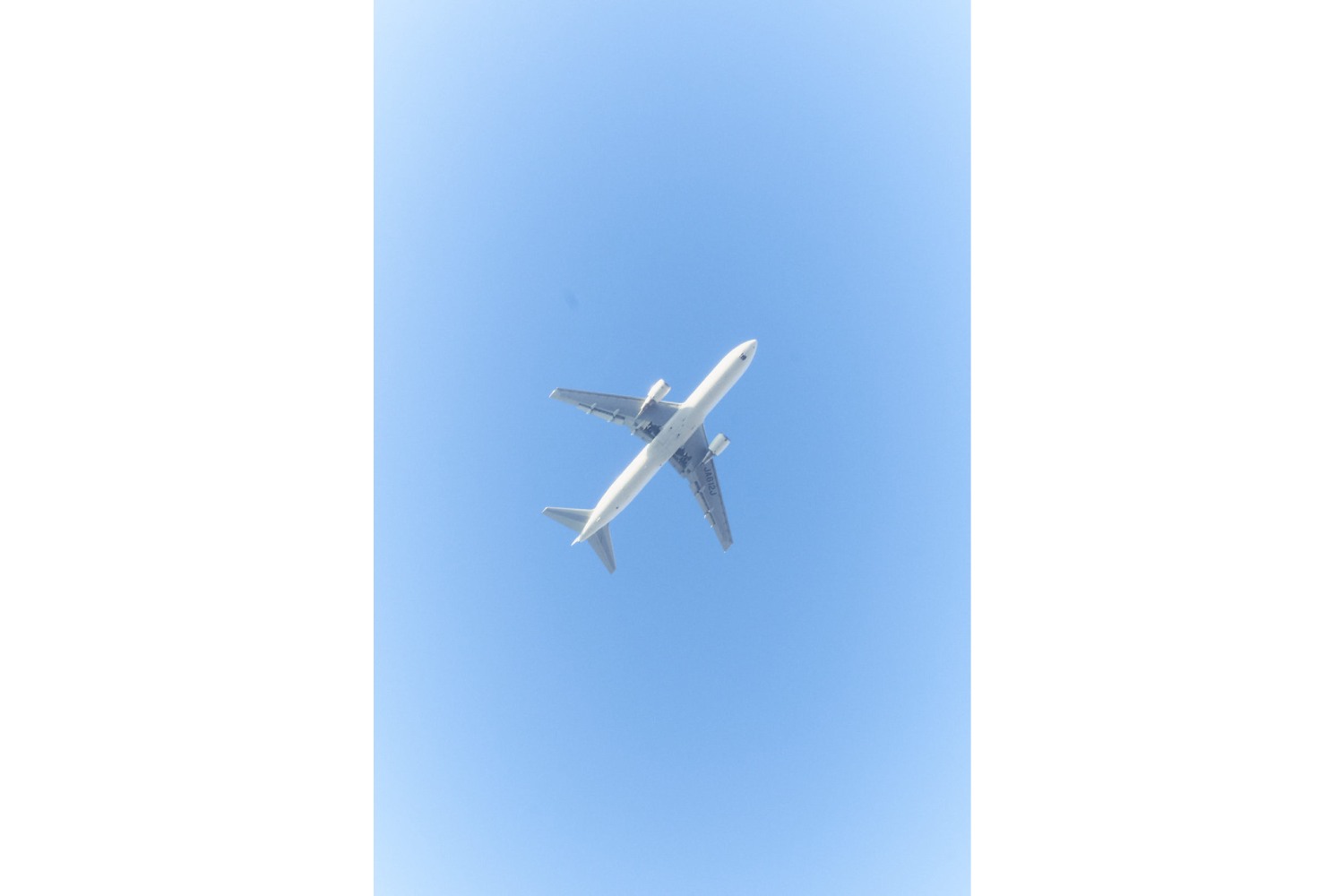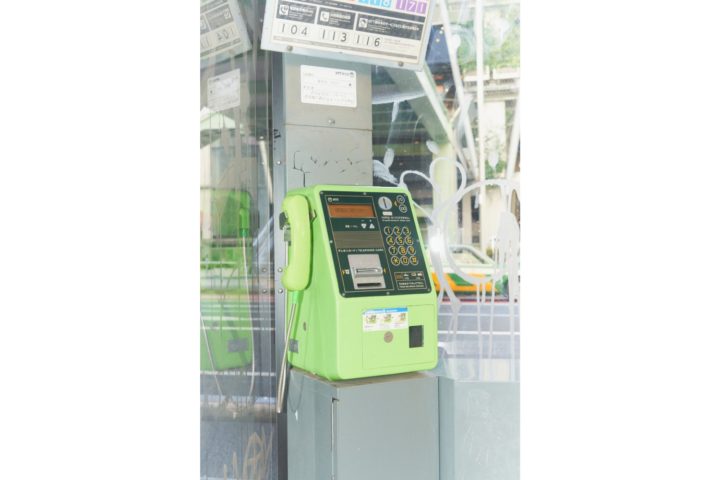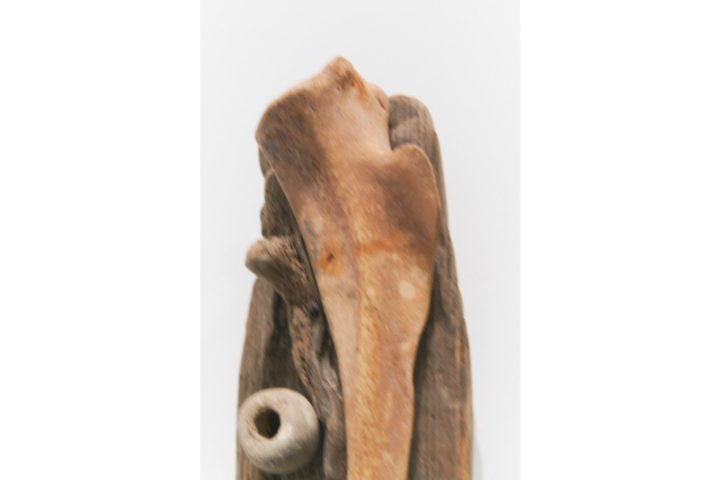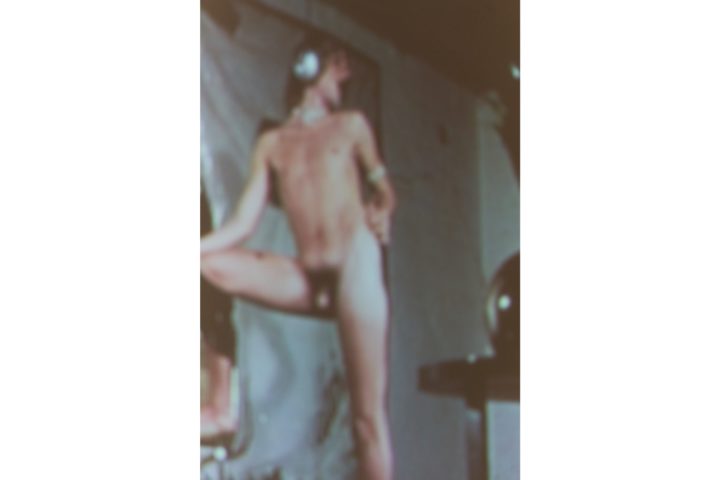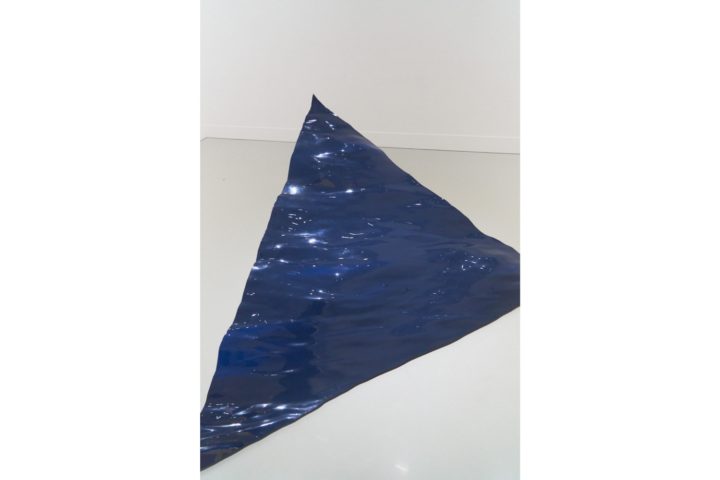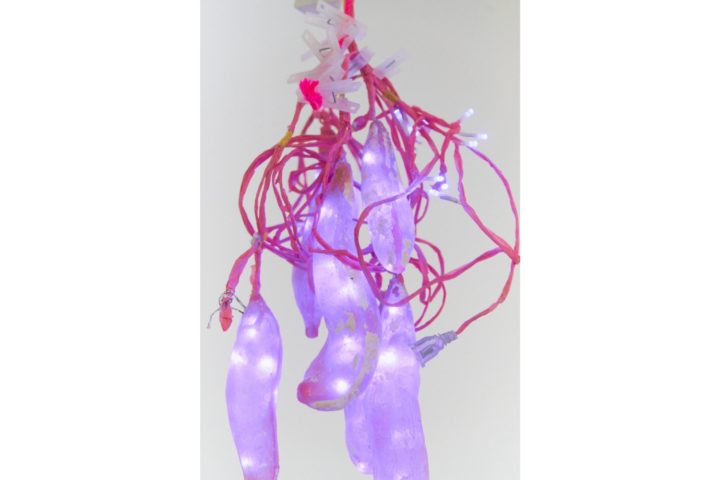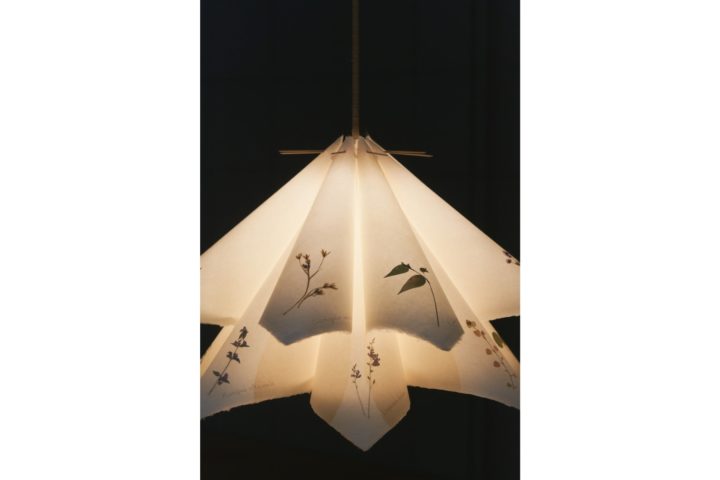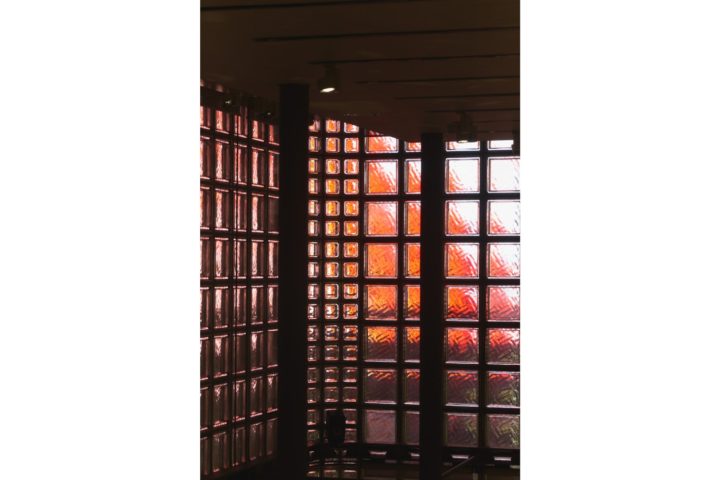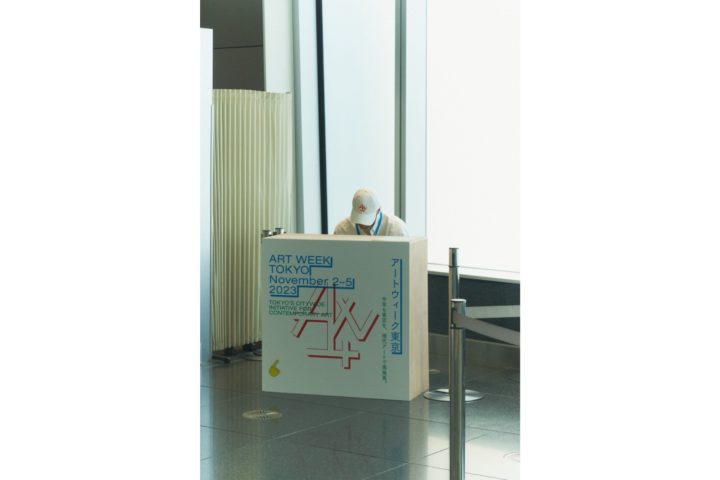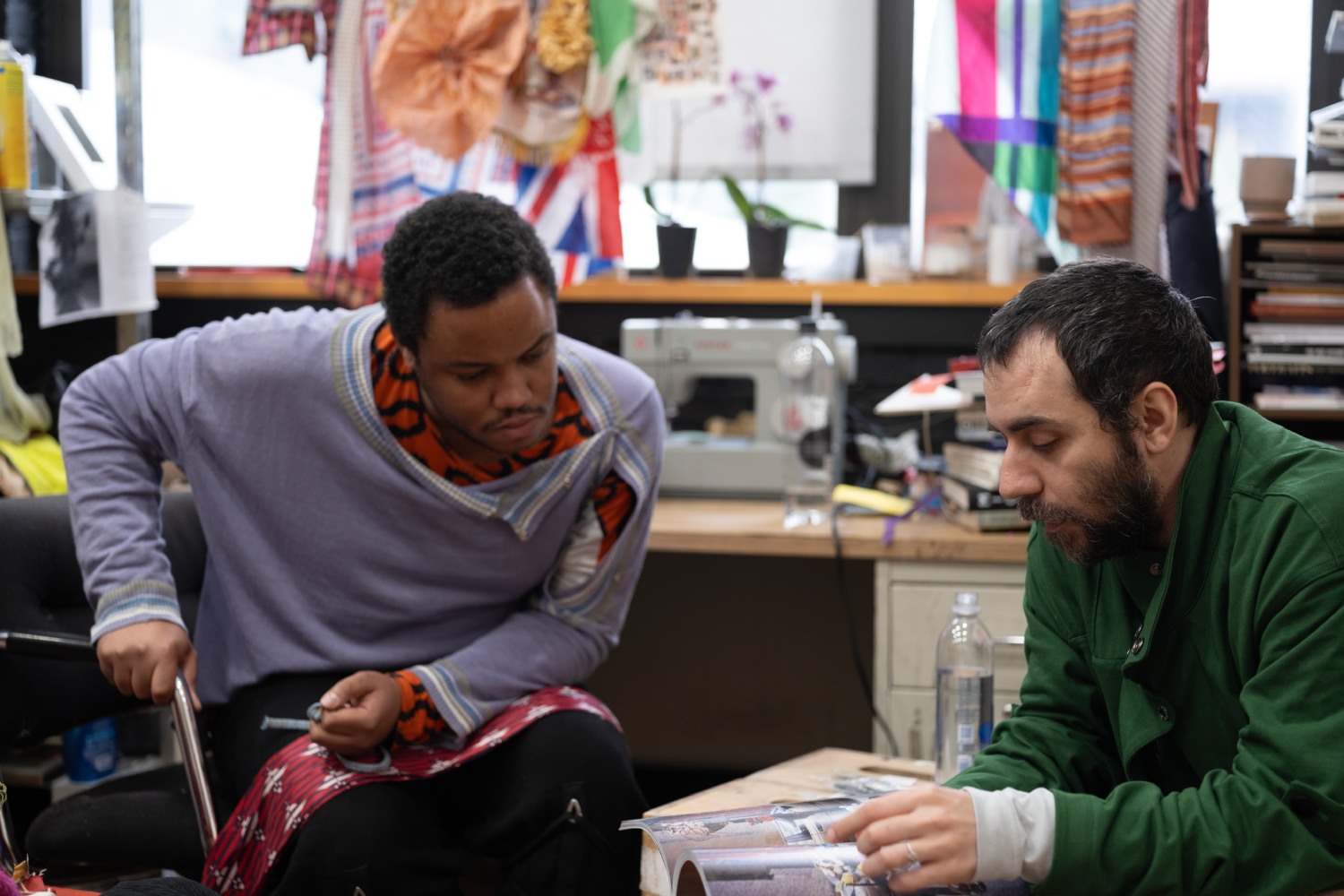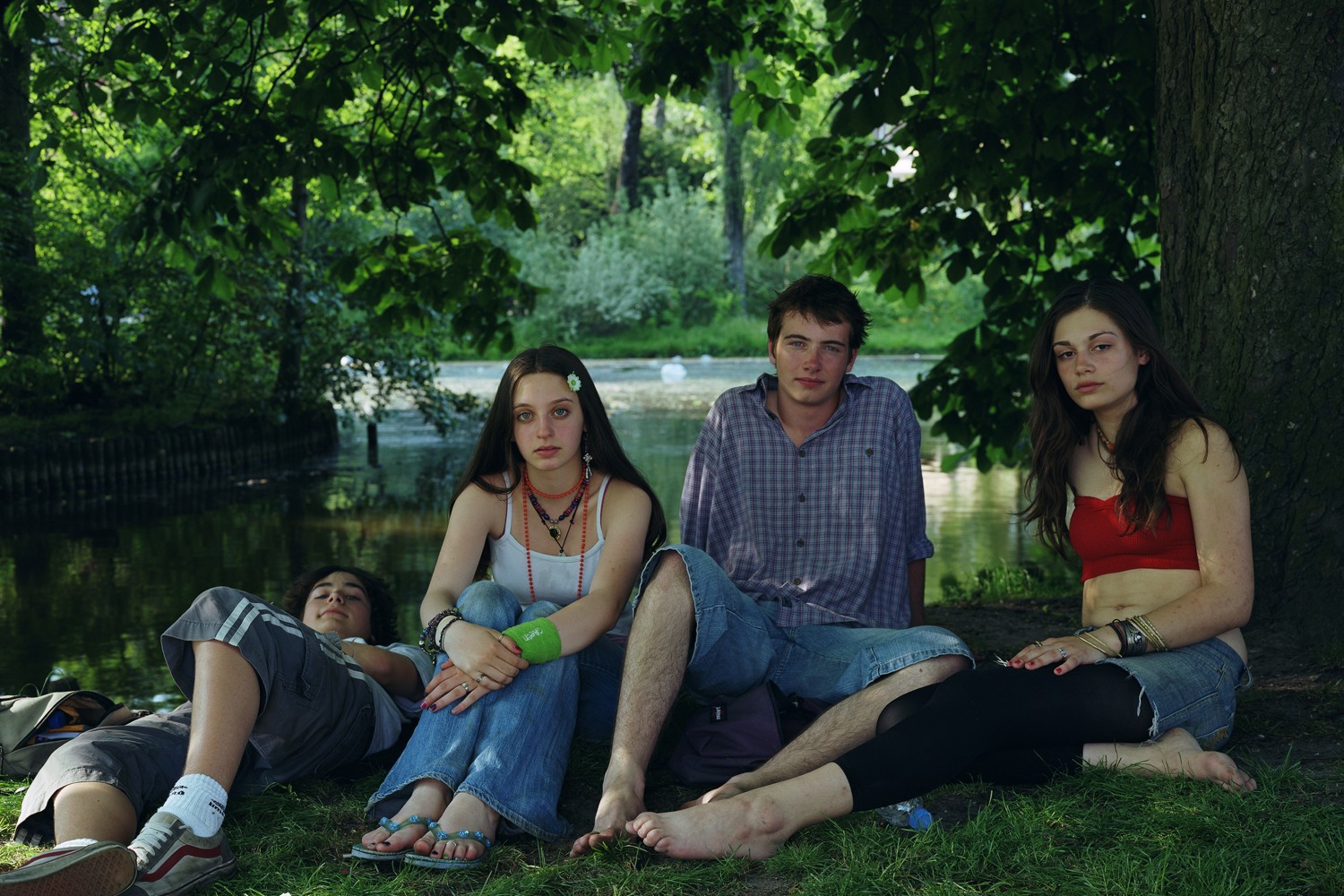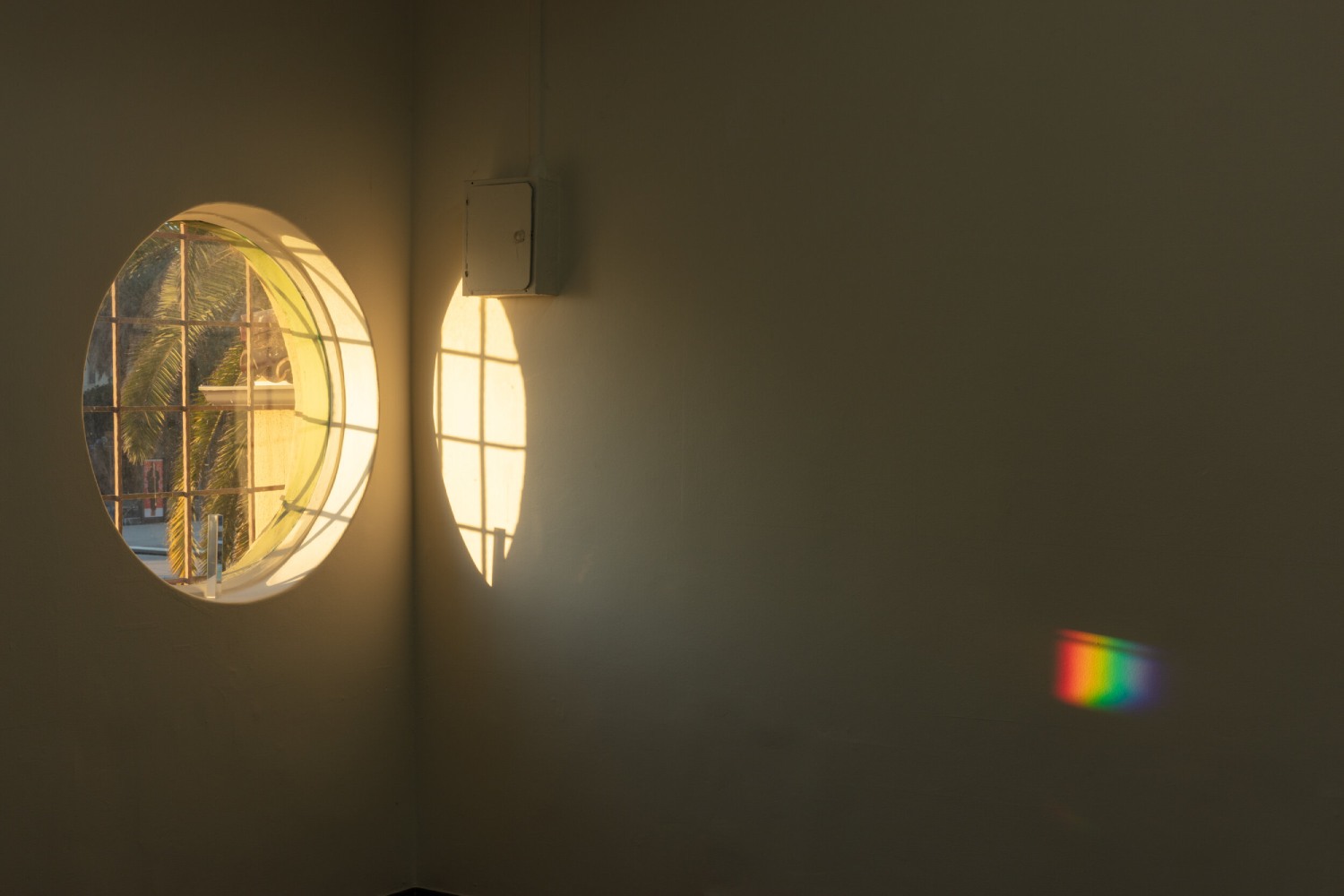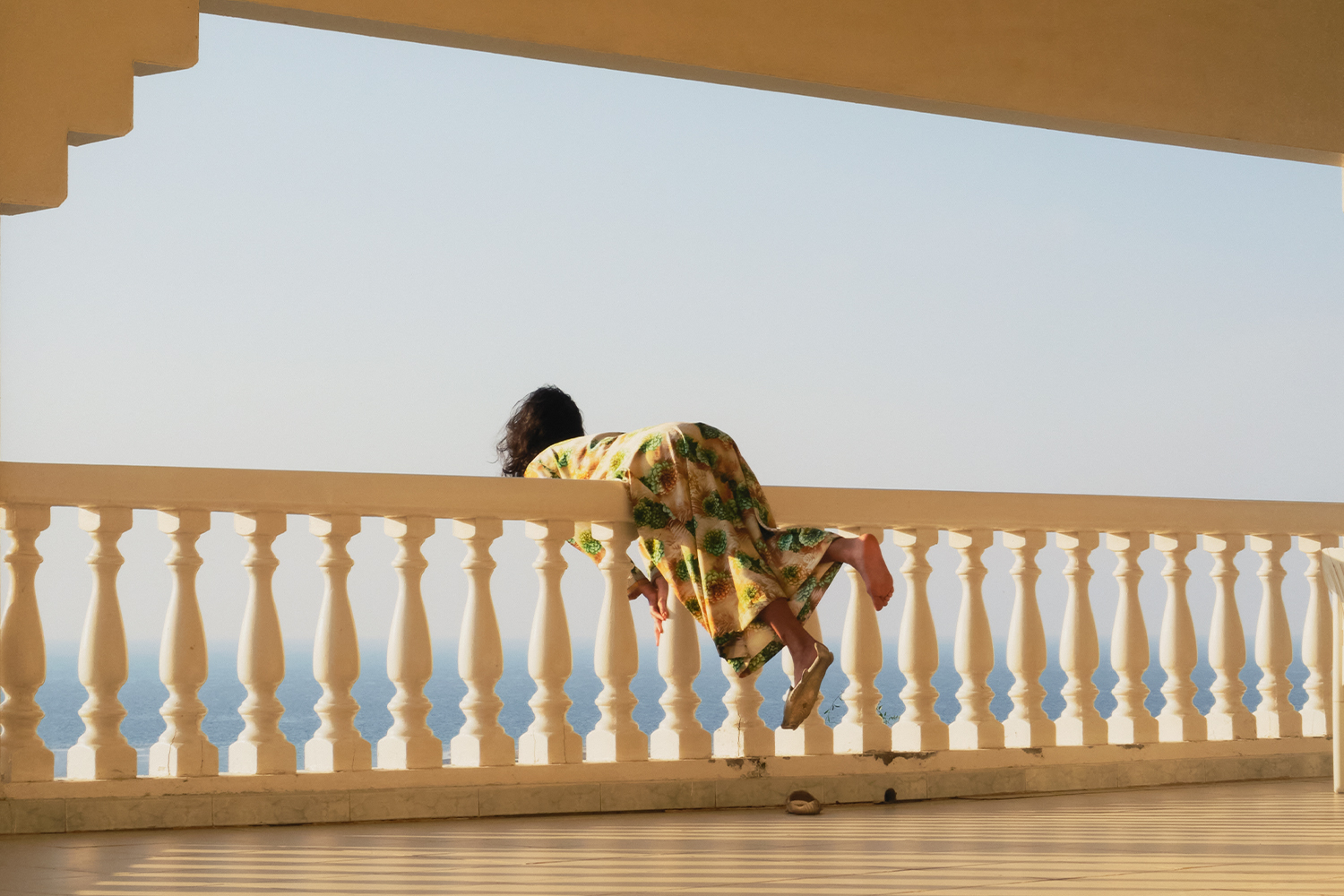“In the beginning, woman was truly the sun. An authentic person. Now she is the moon, a wan and sickly moon, dependent on another, reflecting another’s brilliance.” This is a quote from In the Beginning, Woman Was the Sun (1955), the autobiography of Japanese feminist writer Hiratsuka Raichō. She founded Japan’s first all-woman literary magazine, Bluestocking (Seitō), in 1911; almost ten years later, she also founded the first nationwide women’s organization to advocate for the right of women to vote. Her book was translated in 2006, but I read it more recently. After I became the director of the Institute Art Gender Nature (IAGN) in Basel, I asked myself how we could produce resources and ways for art students to know other avenues of equality and gender expression in many parts of the world.
When I was asked to curate the video program for this year’s Art Week Tokyo, I decided to honor and frame the artists’ submissions under an idea of equity and gender that Raichō might cherish: the sun and the moon being equal. The open call circulated among galleries participating in Art Week Tokyo, an event that is an assembly of forces among Tokyo’s commercial galleries, museums, and art institutions, which presents a program of exhibitions and events for local and international audiences. The video program “Woman Was the Sun” comprised the work of fourteen artists, all Japanese except for Charlotte Dumas from the Netherlands, Maija Tammi from Finland, and Khvay Samnang from Cambodia. I was surprised by how easy it was to form an organic program with works that not only look at nature but act like nature. An artist’s camera could impersonate a leaf that, after falling from a tree, is carried away by the wind or a stream; or the camera might swim like a fish. Many of the films that made up the three-hour program, divided into three one-hour chapters, do not employ language or else use very few words to support what the camera tells. Yuki Shimizu’s The River of Resurrection (2023) combines reality and myth, present and past. It recounts a man who made his fortune developing Tokyo’s Shinjuku district and then turned to murder to protect his property, throwing his victims’ bodies into the Kanda River. Shimizu created the story using keywords collected from conversations and photograms made by superimposing garbage found in Shinjuku on photographs of the area.
At the opening of Art Week Tokyo, Shiho Kagabu — who presented two works in the program, The Laundress (2022) and Carrier Pigeon (2023) — waited to greet me in the lobby of SMBC East Tower in Marunouchi, where the video booth was installed. It’s a corporate building accessible at street level, and anyone who wishes to can sit around a triangle with rounded corners where two large-screen monitors and chairs are installed. Rei Kagami, who had been assisting me from a distance, was permanently on site to answer questions and introduce the audience to the subject matter. In doing the video program, I realized that twenty years ago, when it was more difficult to access the internet, I used to sit in many video screenings. Today, the internet has us believe that we can easily watch film and video material, but the reality is that most material is behind a paywall, accessible only by password. Video programs are a particular format that not only unites viewers in and allows them to see certain works in a linear way, but brings an intensity and mood to the act of watching.
It is difficult to describe all that we saw in the galleries and institutions during an intense week of visits. For sure, a very special and fervent moment was the conference and final roundtable organized by Andrew Maerkle, editorial director of Art Week Tokyo. The auditorium at Keio University is humongous; more than four hundred people registered to attend “Exhibition Écriture: How Do Objects Speak?”, a conversation between Kenjiro Hosaka, director of Shiga Museum of Art; Carol Yinghua Lu, director of Beijing Inside-Out Art Museum and artistic director of Yokohama Triennale 2024; Adam Szymczyk, curator-at-large at Stedelijk Museum; and myself. Hosaka talked about how exhibition-making was helping him to reflect on urban space, while Szymczyk presented curatorship as a practice based on the essay, in which the text of a thesis is substituted by writing on writing, almost. Yinghua Lu shared beautiful insights into the difficulties of the exhibition as survey, discussing ways of “mapping” not only certain geographies but also periods in history. I introduced the possibility of seeing exhibitions as complex systems — like flocks of birds — where the intelligence of individuals enters another dimension, creating a type of knowledge and an ability to reflect on intelligence within art as fundamental, politically speaking. Despite simultaneous translation — which was impressively done — the audience was very engaged and posed questions.
In the beautiful Ex-Noguchi Room — also located at Keio University — a closed session took place. Professionals from Asian countries, Australia, and Latin America had an opportunity to discuss the question proposed by Maerkle: “Why Art?” Indeed, many may ask this question when other disciplines, social practices, and behaviors seem to provide a more direct approach to “solving” things. I can only give my own answer: today, we really need a space to transform the logic upon which we have built our social premises. Art is a fundamental tool for peacebuilding, resetting the mechanisms for protecting values, experiences, and rights that make freedom and democracy possible, creating the conditions for new ways of organizing life. Co-existence is made possible by imagining and holding space for paradox without fear, terror, or anxiety.
It was truly moving to listen to colleagues share their constant efforts to do so, and to hear their many sorrows and difficulties along the way. Collectively, they stated their trust in culture as a healing tool.
“Our Ecology: Toward a Planetary Living” at the Mori Art Museum, curated by Martin Germann and Tsubaki Reiko, was a joy. I also participated in a symposium organized around this subject matter with Nicolas Bourriaud (artistic director of the 15th Gwangju Biennale), Yuko Hasegawa (director of 21st Century Museum of Contemporary Art, Kanazawa), Reiko, myself, and moderated by Germann. It was interesting to see how many Western references are still used in the discourse on nature, when Japan is undoubtedly leading current research on subatomic and microbiological forms, which have an enormous impact on the paradigm formation of future technologies. Also notable was “How I feel is not your problem, period,” an exhibition at the Museum of Contemporary Art Tokyo, curated by Kasumi Yamaki. The show is structured in five chapters created by five different artists: Shigeo Arikawa, Makiko Yamamoto, Atsushi Watanabe, Riki Takeda, and Kayako Nakashima. Particularly moving were the pieces by Makiko Yamamoto and her reflections on “giants,” and Atsushi Watanabe’s work based on his own pain as a former shut-in. Another poignant moment was meeting Jae-Eun Choi with her work. Choi’s bleached coral installation at Le Forum, the Hermès space in Tokyo, was simple yet compelling. Upstairs was documentation of a project she started in 2015, Dreaming of Earth — an ambitious display that transforms Korea’s demilitarized zone.
Of my many gallery encounters, two were particularly glorious: meeting with Yoko Terauchi, whose practice of nonbinary conceptualism inspired by Zen philosophies was on display at Hagiwara Projects; and my encounter with Rika Minamitani, who graduated just this spring and was having a solo exhibition at Tomio Koyama Gallery.
One last note to say that the Tokyo Biennale 2023 — a festival that covers not only art but also architecture and design — closed on the same day as Art Week Tokyo. It was an intense learning experience that I hope reminds us all to stay connected. Talking with each other is a crucial exercise we must preserve.

